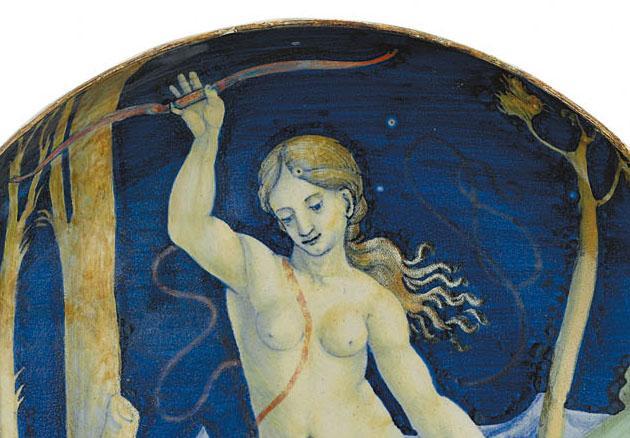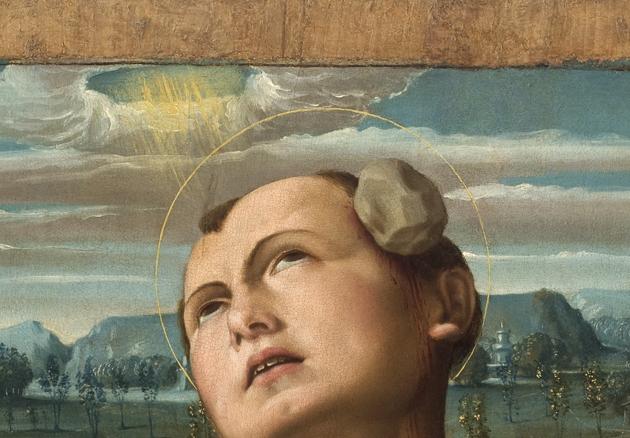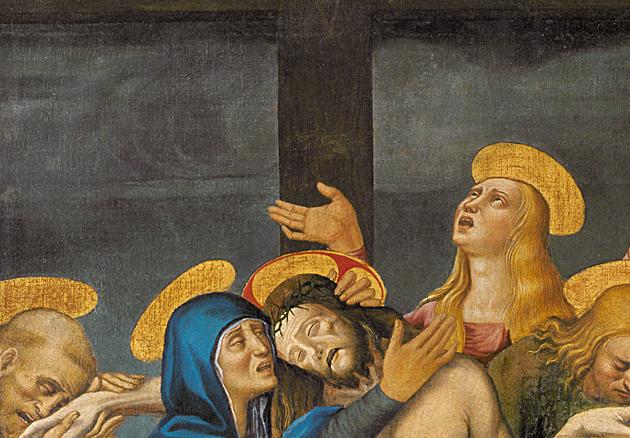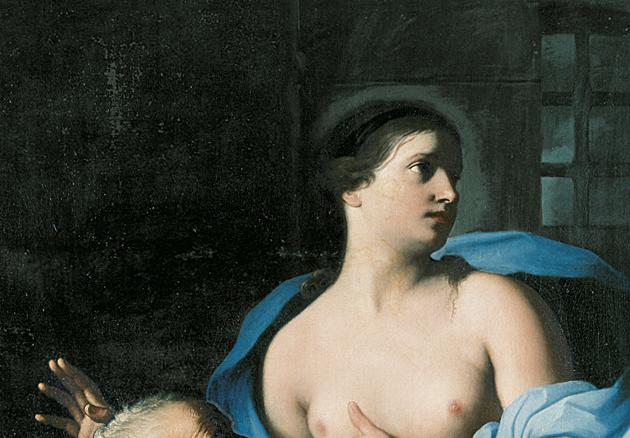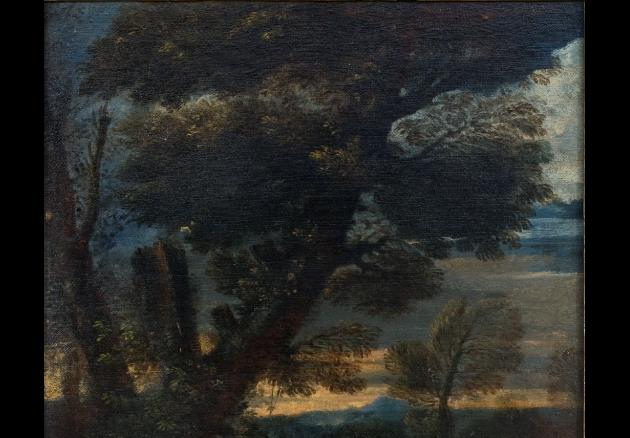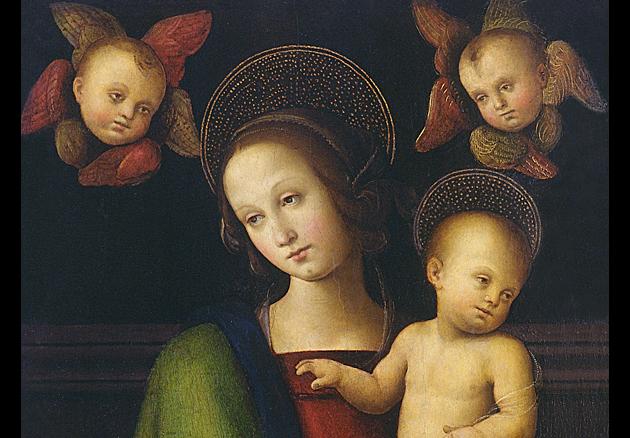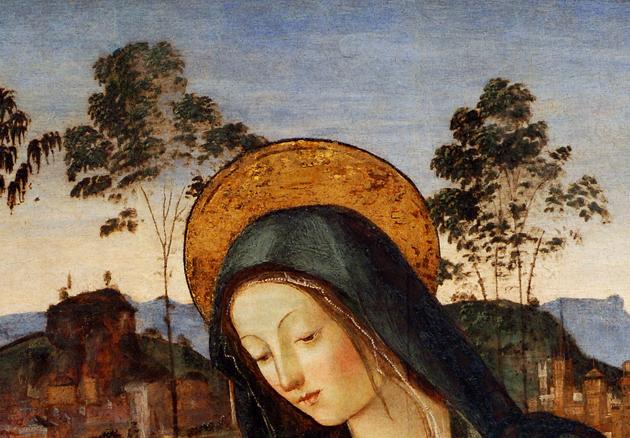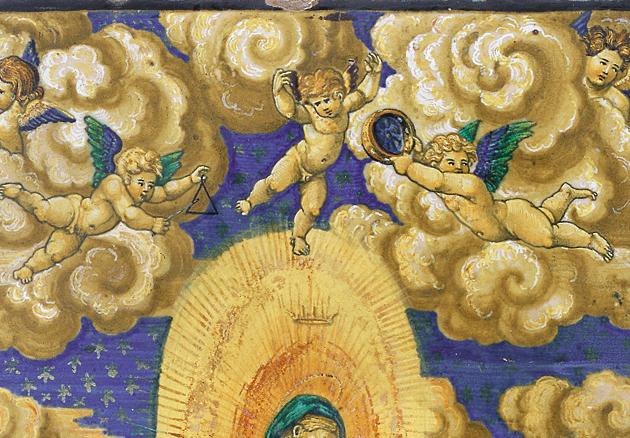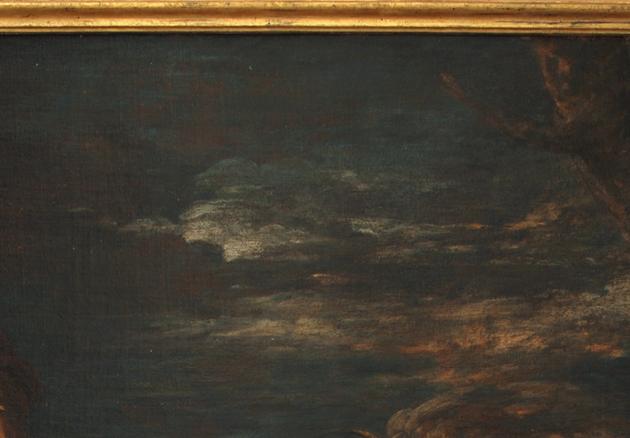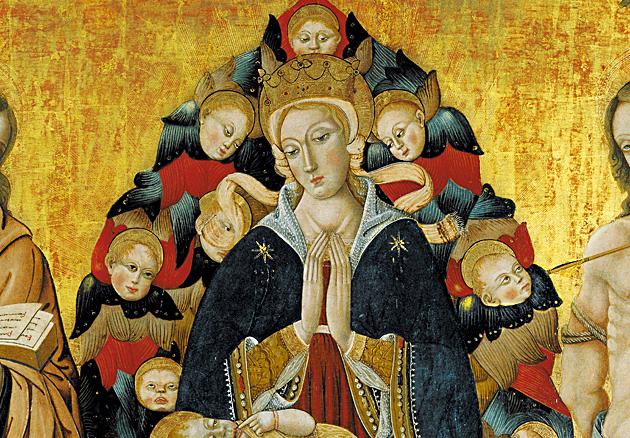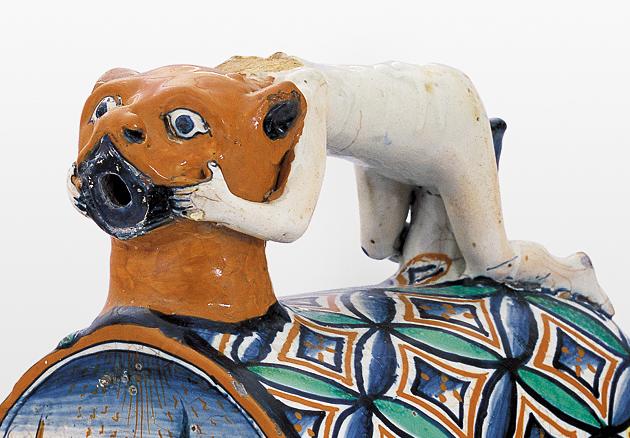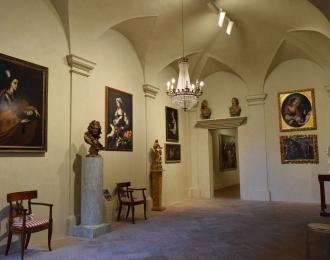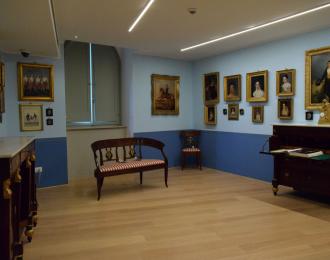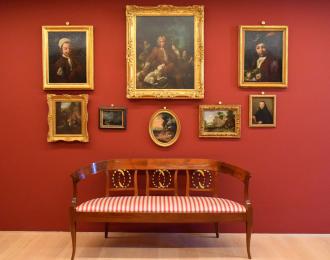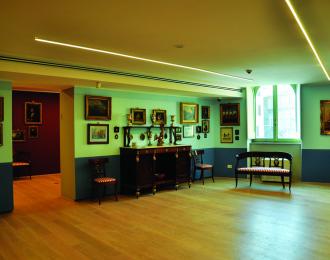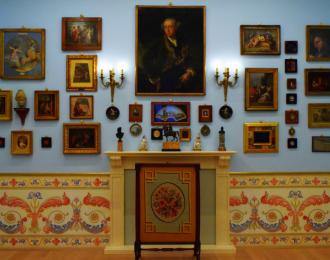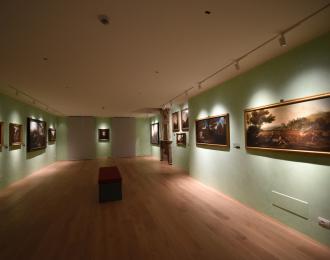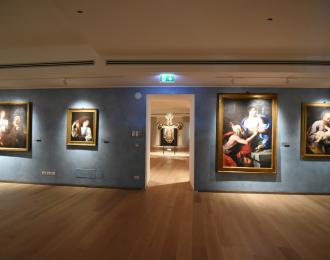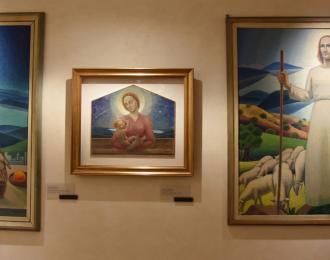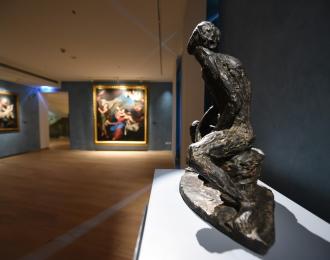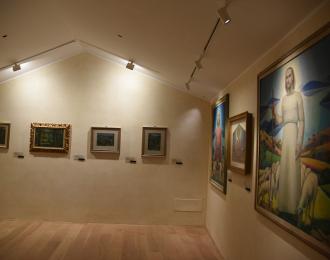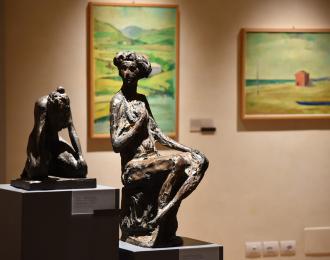Palazzo Baldeschi Museum
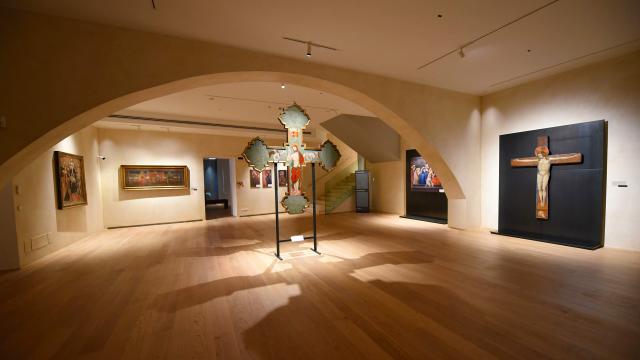
With late 14th century origins Palazzo Baldeschi in Perugia is a former noble abode now owned by the Fondazione Perugia. Parts of its Medieval nucleus are still visible in Via Baldo.
In 1361 this was the dwelling of Baldo degli Ubaldi (or Baldeschi), a well-known jurist and professor of law at the universities of Perugia, Bologna, Florence, Padova and Pavia. His heirs added various extensions over the years. The Piano Nobile [Italian for noble or principal floor] is richly decorated with 19th century frescoes and hosts an eminent art collection made available by the foundation to the city of Perugia and her visitors through the creation of a multidisciplinary exhibition space with where various art forms come to the fore.
The third and fourth floors of the palazzo have been refurbished to display the Foundation’s collection of increasingly valuable bequeathed artworks spanning the 15th to 19th centuries which is composed of over two hundred paintings, drawings and sculptures by renowned artists. These include works by masters such as Perugino, Pinturicchio, Signorelli, Matteo da Gualdo and Niccolò di Liberatore, known as l’Alunno. A single-artist section is devoted to Gian Domenico Cerrini, a painter whose oeuvre includes both classical and baroque subjects. Amongst others, the contemporary artworks include works by Gerardo Dottori, one of the foremost Italian Futurists and a leading proponent of aeropainting.
The Collezione Alessandro Marabottini (Alessandro Marabottini collection) includes over seven hundred 16th to 20th century artworks collected over a lifetime and donated to the Foundation by this Florentine art collector who taught also Art History at The University of Perugia for many years. The museum tour begins in a large vestibule on the second floor where visitors are welcomed into a reconstruction of the Florentine Marabottini family’s noble abode whose suite of rooms have been faithfully reproduced.
The museum is also home to the permanent Raccolta di Maioliche Rinascimentali (Renaissance Majolica collection) of around five hundred rare and refined pieces which is the only one of its kind anywhere. The nucleus of the collection is composed of purchases curated by the foundation including six noteworthy pairs of majolica lusterware chalices produced in Mastro Giorgio’s Gubbio workshop.
The project’s turning point came in 2005 when the decision was made to acquire seventy-six Renaissance era majolica pieces from the Fondo d’arte Paolo Sprovieri (Paolo Sprovieri Art Collection) including historically notable works of the Umbrian school such as Mastro Giorgio’s dish featuring Venere e Cupido (Venus and Cupid). In 2006 another sixty-five pieces of majolica were acquired from the prestigious Collezione Frizzi Baccioni (Frizzi Baccioni Collection).
Contacts:
Address: Corso Pietro Vannucci, 66 - 06121 Perugia PG
Phone: 075 5734760
Email: info@fondazioneperugia.it
Website: https://www.fondazioneperugia.it/
